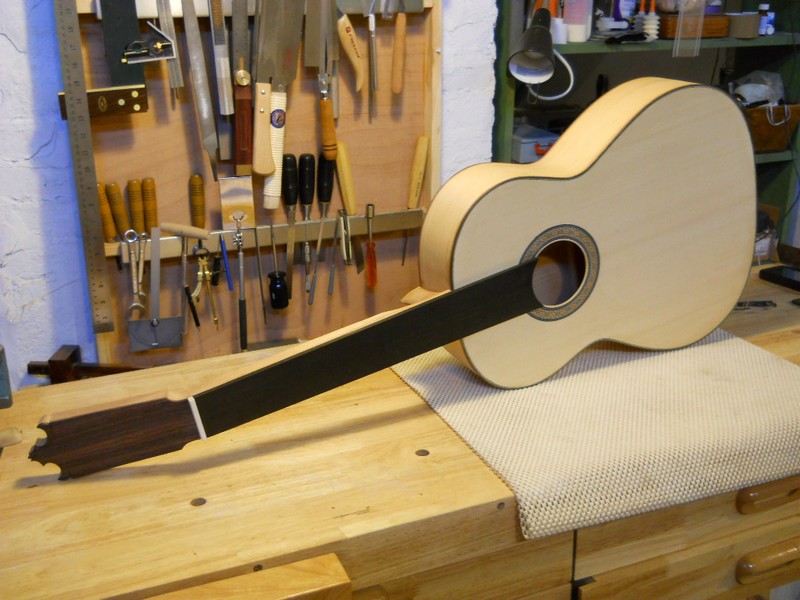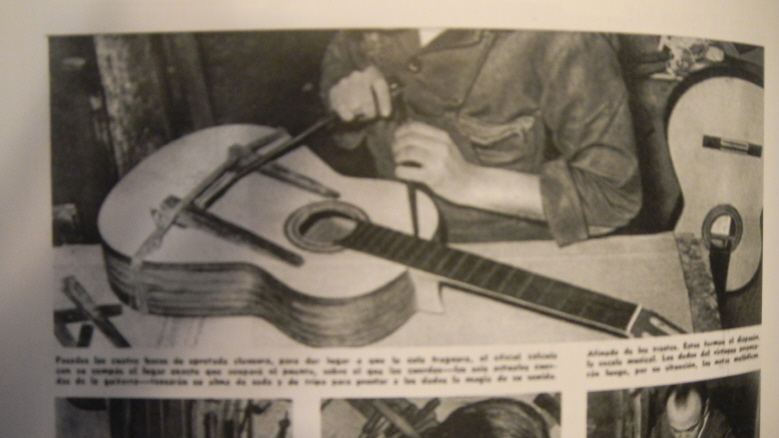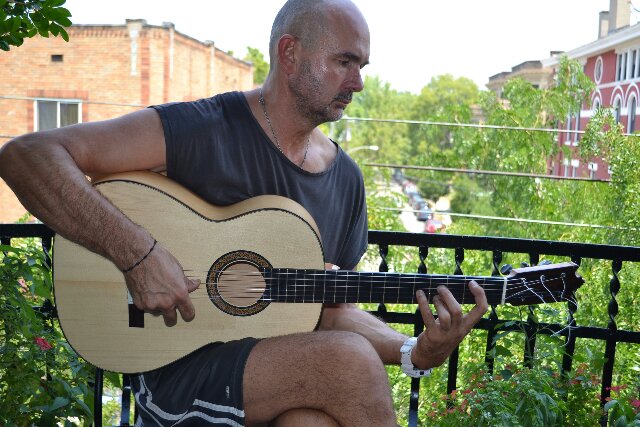|
constructordeguitarras -> RE: Jorge's First Build (Jun. 15 2012 21:08:28)
|
Looks really nice, Jorge.
I saw the fret slots on a table saw before attaching the fingerboard, but in your situation I would set a sliding bevel gauge to the correct angle and hold it in position so that the saw can jig against it (or even clamp it in position); also, use a depth stop on the saw, which could be a thin strip of wood clamped to the blade or even several layers of tape (and be sure of the desired relationship between the depth stop and the position or thickness of the bevel gauge).
Another way I have of accurately sawing to a line is to first knife the line, then deepen it slightly with the corner of a chisel, then use the edge of the chisel to cut a tiny strip of wood (of triangular cross section) out from a tiny distance away from the line to the bottom of the knife cut in the line. This way you can rest the saw blade against the shoulder created at the line. The kerf will be at one side of the line.
I never glue frets in unless I am replacing one where the slot may be enlarged from the barbs on the tang of the old one. I hammer them in with a plastic hammer to avoid denting them.
With regard to finishing--especially if you are using French polish: Sand thoroughly, preferably in daylight. It wouldn't hurt to dampen slightly, let dry, and then sand again with 220 and then 320 grit. There will very likely be things that you can't see before finishing that will show up during finishing, and you can fill them in with finish then, but it will be less work to sand thoroughly before hand.
|
|
|
|



